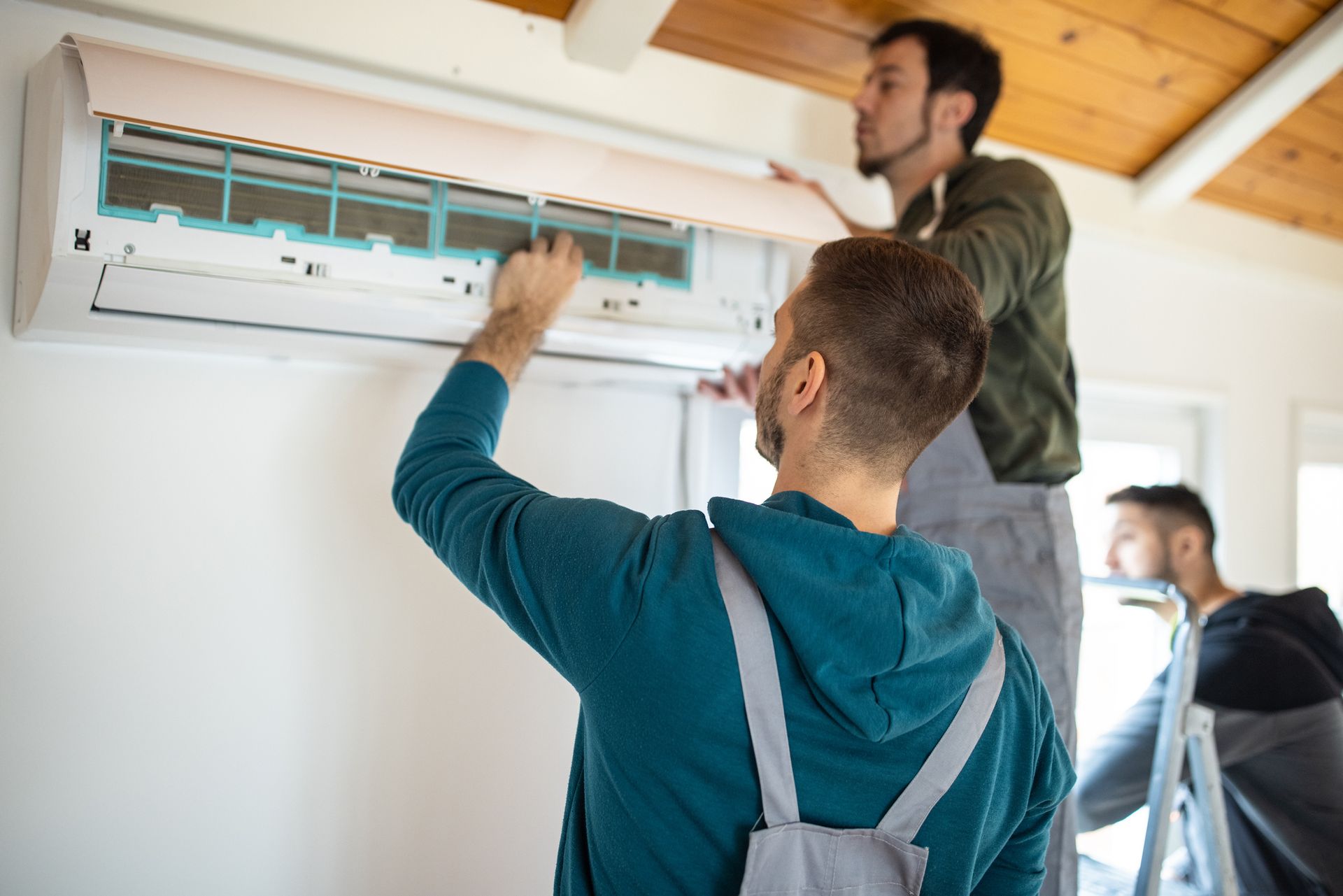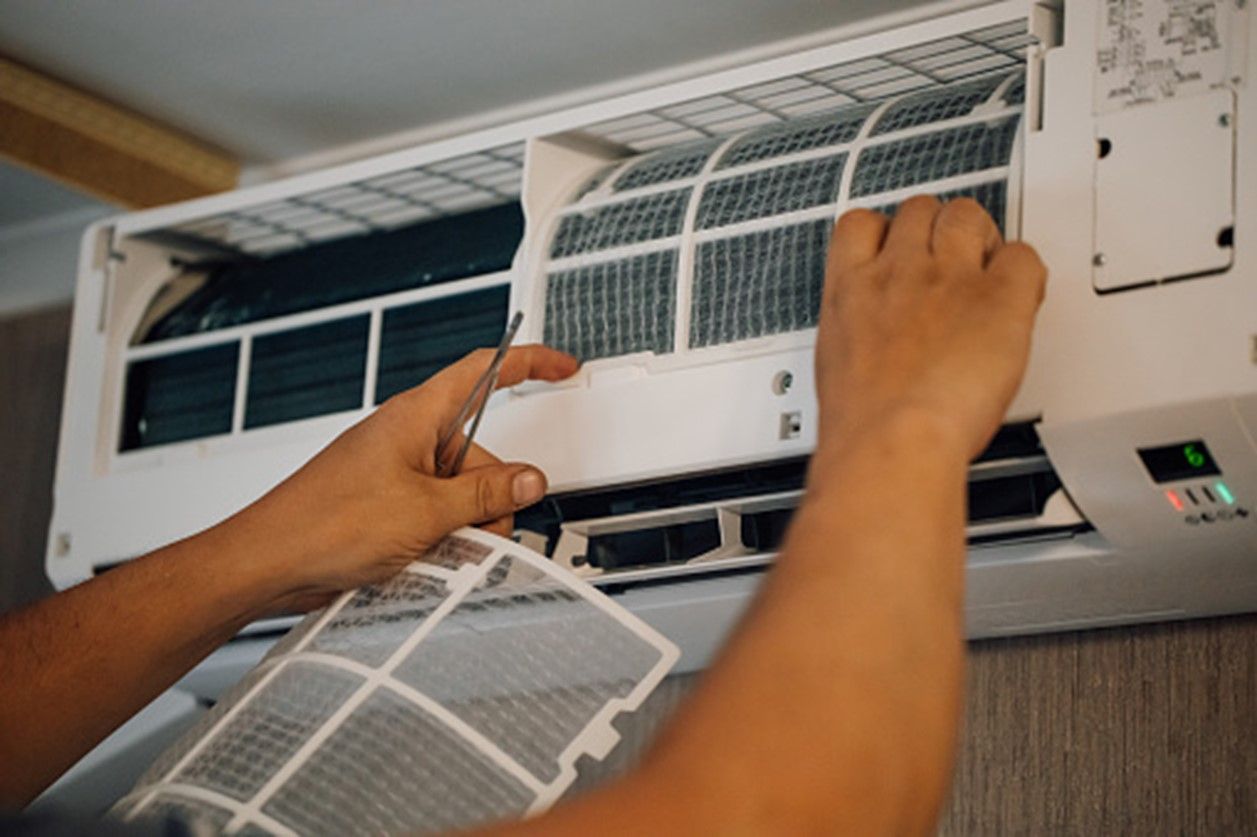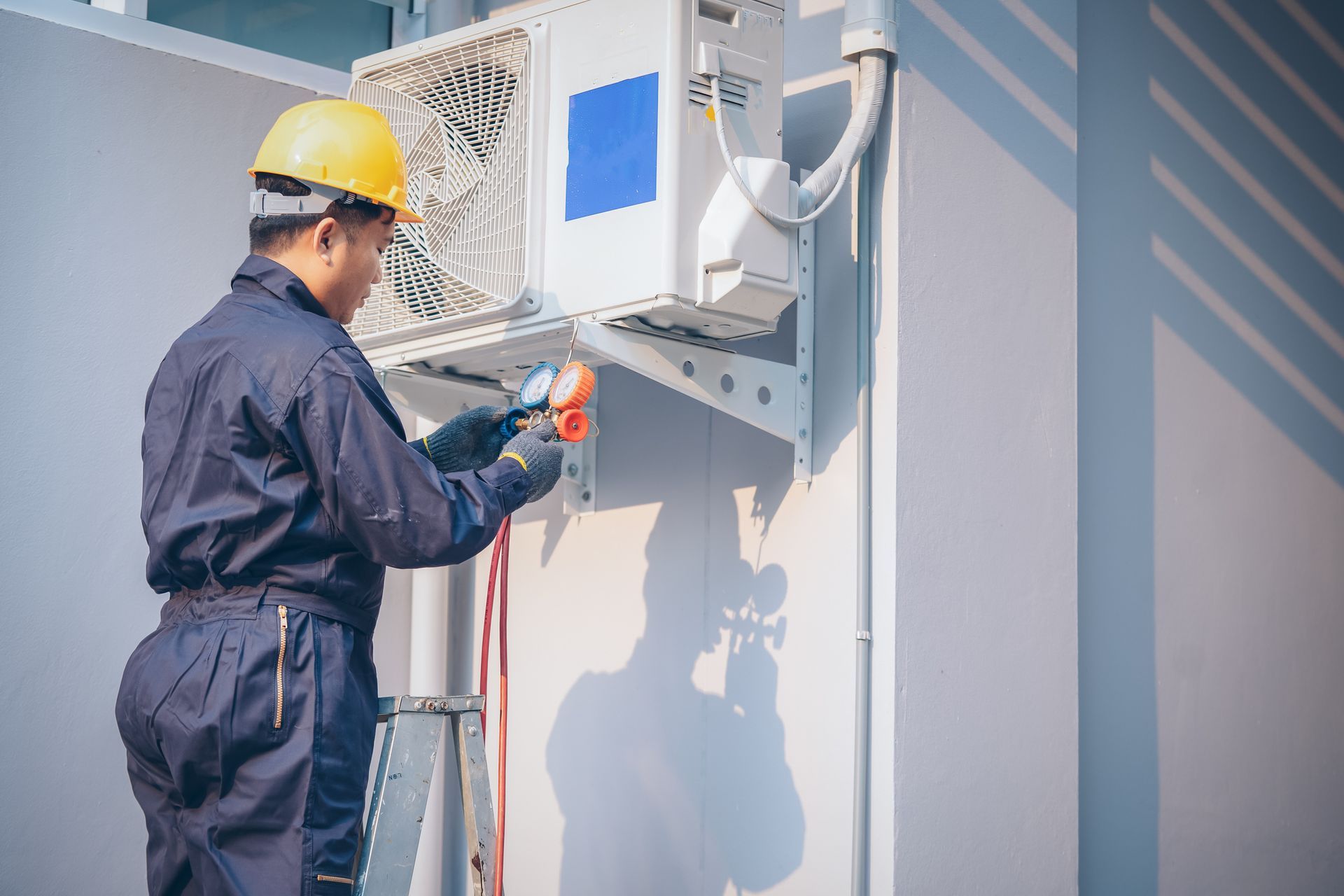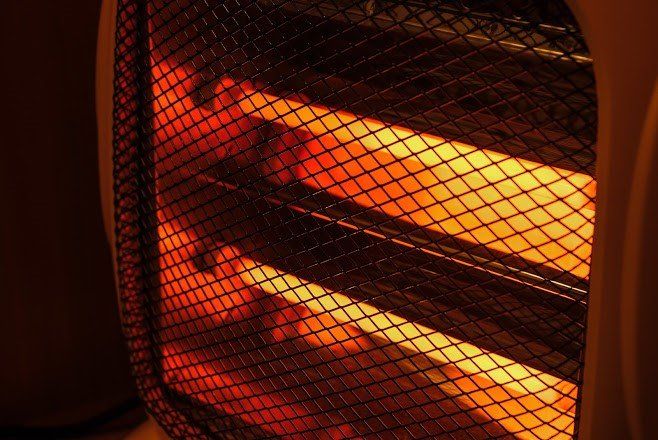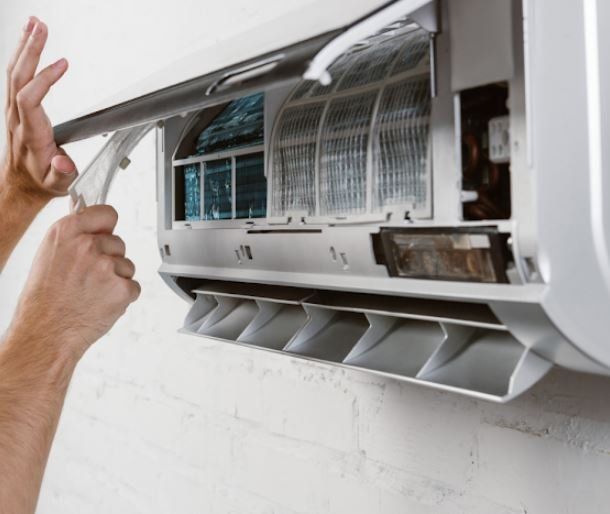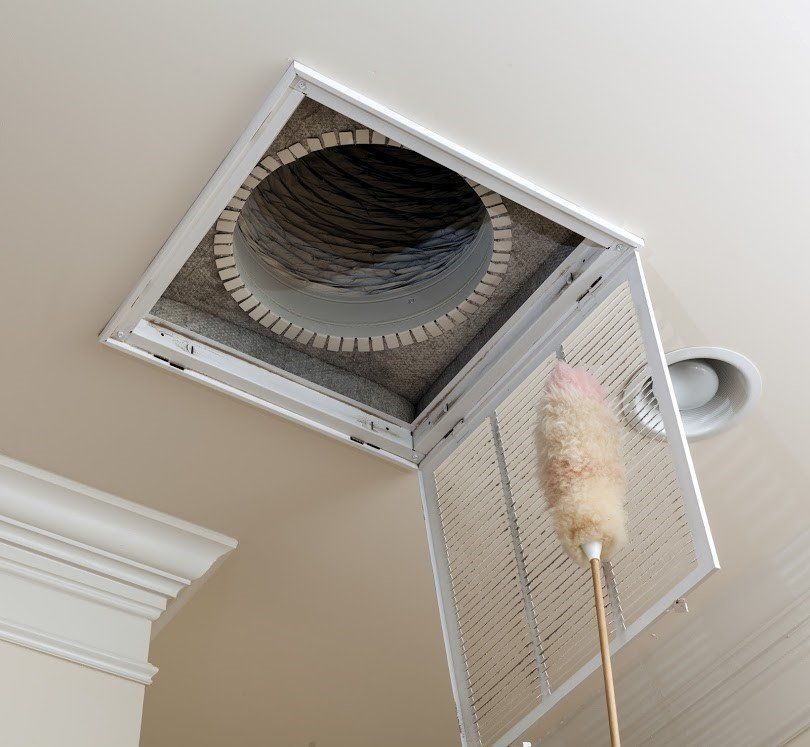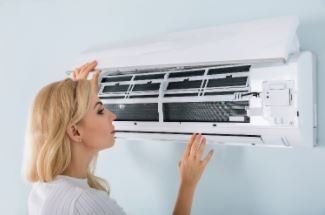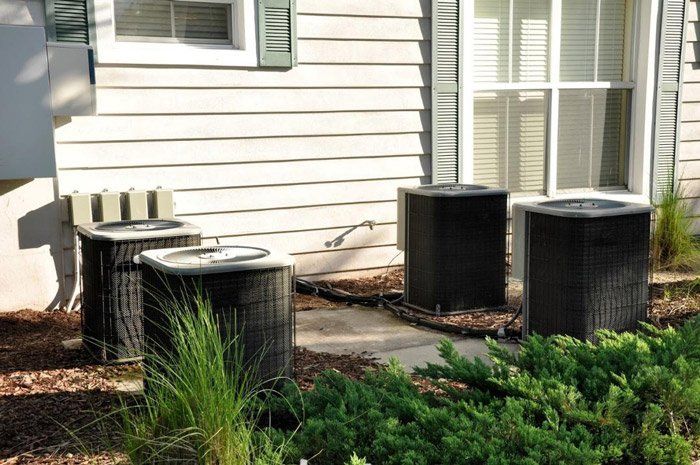Seven Things to Expect During Your Spring AC Tune-up
Admin • March 12, 2020
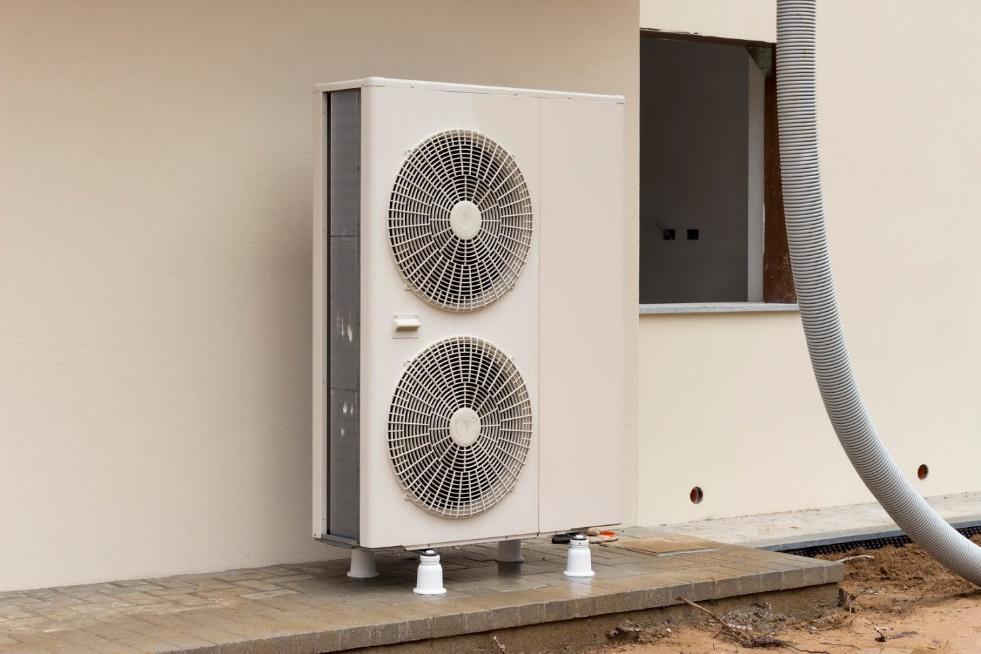
Spring is the optimum time to schedule an annual AC maintenance and tune-up visit. A tune-up can prevent mid-summer AC breakdowns, thus helping you avoid uncomfortable hot summer days as well as expensive repairs during the height of the cooling season.
1. Refrigerant Levels
Refrigerant leaks are rare in an AC because it is a closed system, but they can happen. Your technician will check refrigerant levels and look for any leaks in the system. Leaks typically occur either in the evaporator or condenser coils.
Although a professional can easily seal up a leak, this is typically considered a temporary fix. Since refrigerant can pose an environmental hazard if it leaks out into the open, a better solution is to replace the leaking component before having the refrigerant levels recharged.
2. Evaporator and Condenser Coils
Dirt on the interior evaporator coils or exterior condenser coils can result in less cooling or lowered efficiency in the unit. Your technician will open up the unit and clean all the coils to make sure they are working as efficiently as possible.
Sometimes the fins on the coils get bent, particularly on the outdoor unit, which can impede cooling. Fortunately, there is a tool called a fin comb that your technician will use to straighten and align any bent coils.
3. Blower Assembly
The blower assembly consists of the fan and fan motor. Most systems use a gear driven system to operate the fan, but a few still have a belt connecting the fan to the motor. The motor and fan must be inspected, cleaned, and lubricated annually to ensure peak performance.
Your tech will also check the bearings in the fan and repack them if necessary. The fan is then balanced and the belt is replaced, if applicable and necessary.
4. Electrical Components
Your tech will test all the components within your AC unit, from the capacitors in the blower motor to the small electrical connections throughout the unit. Any failed components will be replaced, and connections will be tightened as needed.
If your AC isn't on a dedicated circuit breaker, your technician may recommend moving it onto one. An AC unit can draw a lot of power, which can trip breakers throughout the home depending on the age of the break box. A dedicated breaker can solve this issue.
5. Condensate Drains
Every AC unit has some form of drain to route condensation away from the AC. Algae and mold can grow in this enclosed, moist environment, which can eventually block the drain so that moisture doesn't flow away from the AC unit as it should. The tech will flush out the drain line and clean it with a treatment that will inhibit algae growth.
The tech may also need to clean other components of the drainage system, such as drip trays and internal drain lines. Rooftop AC units are often routed into a drain line that runs through the exterior wall of the home, so this line may also require cleaning.
6. Thermostat
No AC tune-up is complete without a check of the main use interface: the thermostat. Your tech will verify that the thermostat is in a good location, which is an interior wall away from drafts and heat sources.
The calibration of the thermostat will also be verified and adjusted if necessary. This is also a good time to consider an upgrade to a programmable thermostat, if you don't currently have one.
7. Air Filter
The last task that is typically performed during a tune-up is the air filter replacement. Your technician won't just change the filter, they will also clean out the filter housing to ensure there is no dust to circulate through the system.
Your tech can also make recommendations on the best filter options for your personal needs and AC model.
Contact Weather Control Air Conditioning, Inc. to schedule your spring tune-up today.

